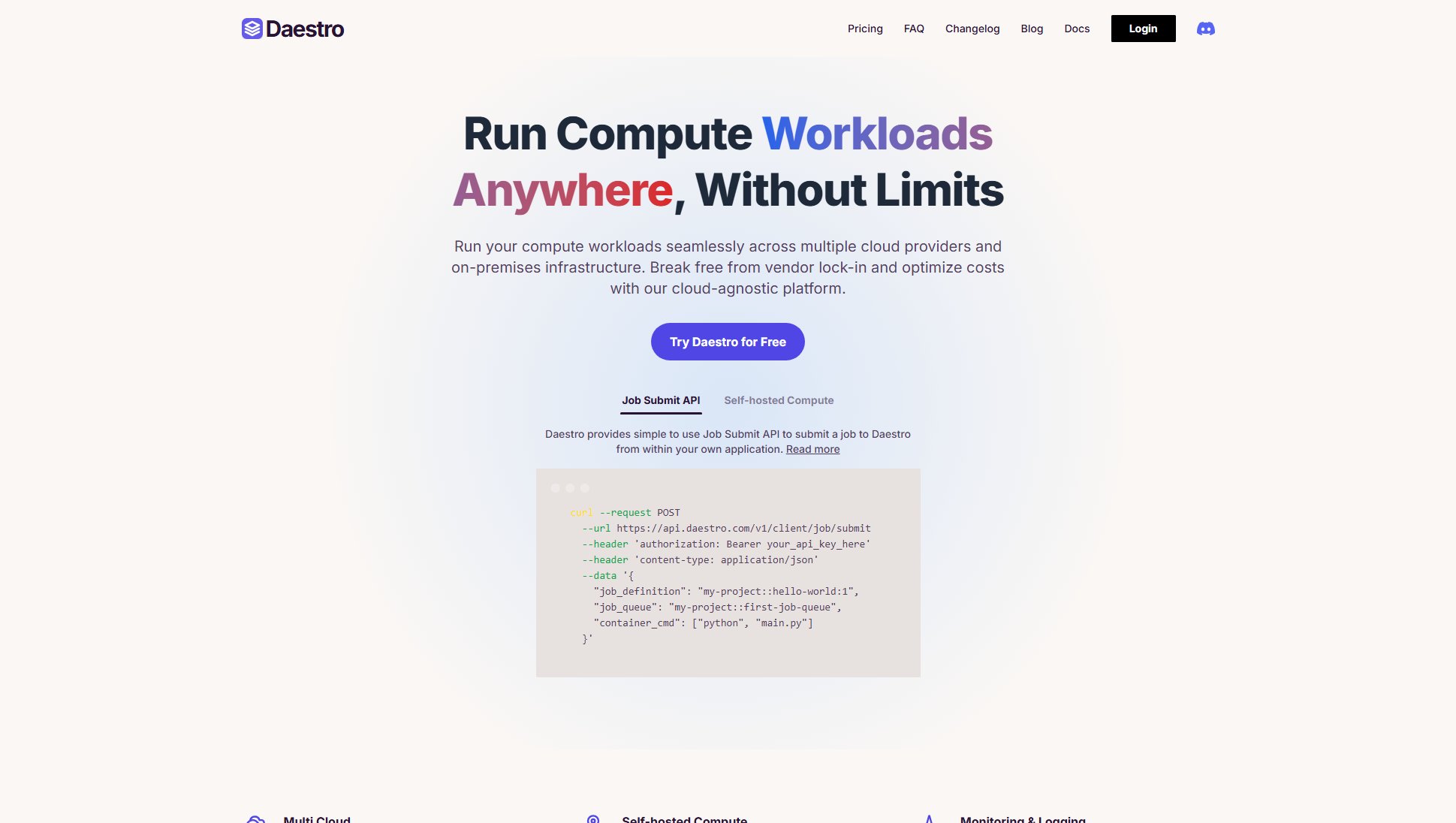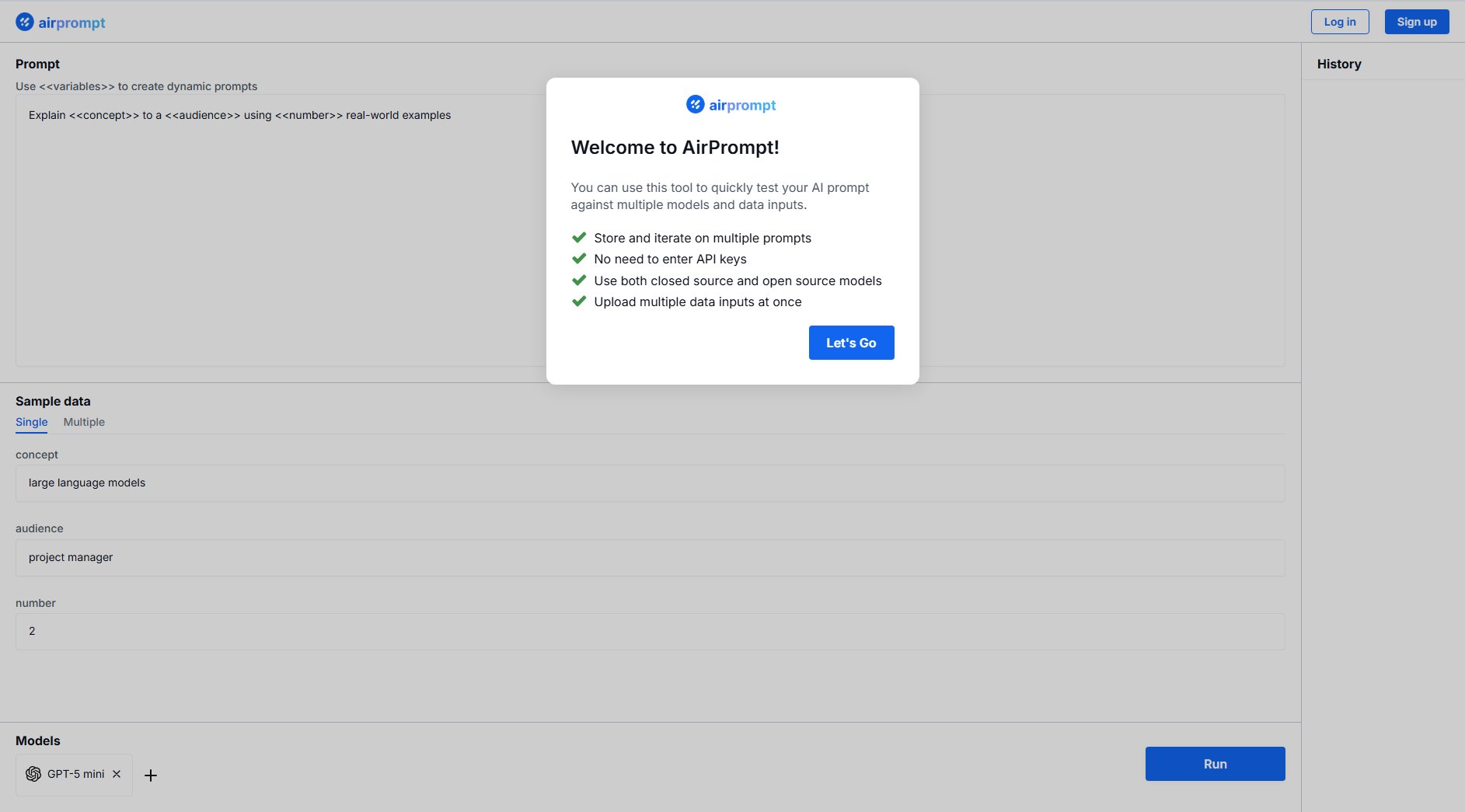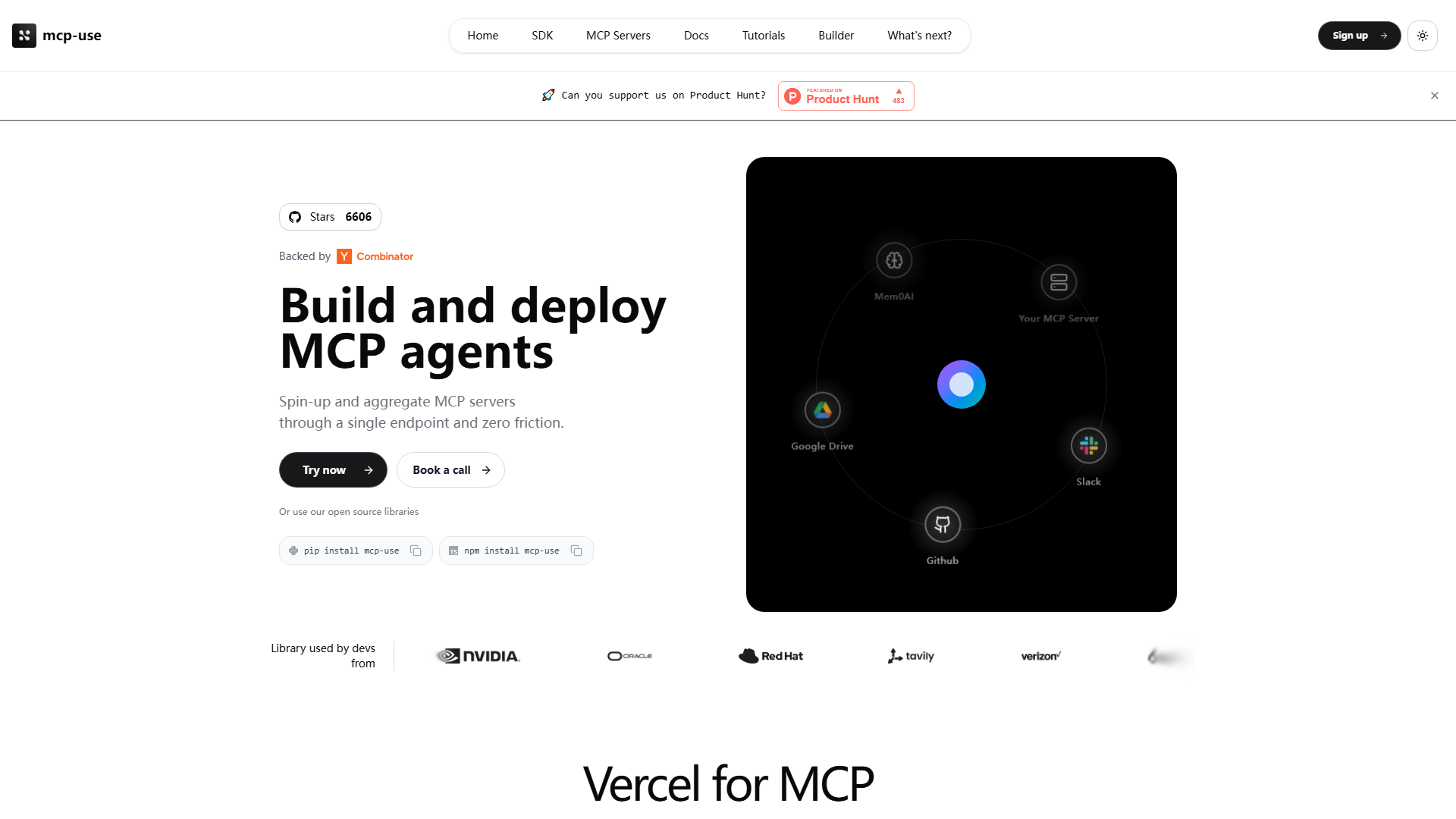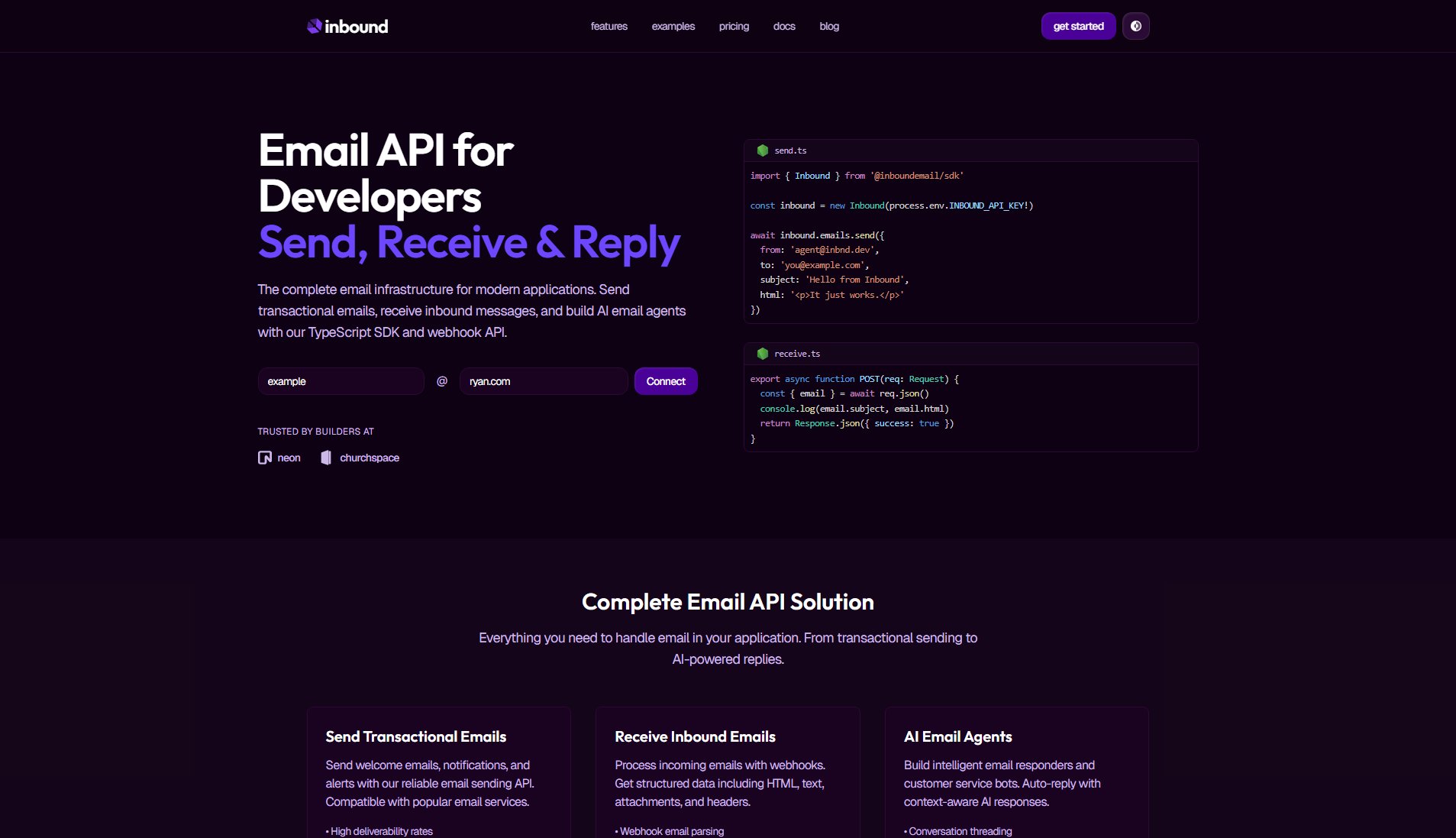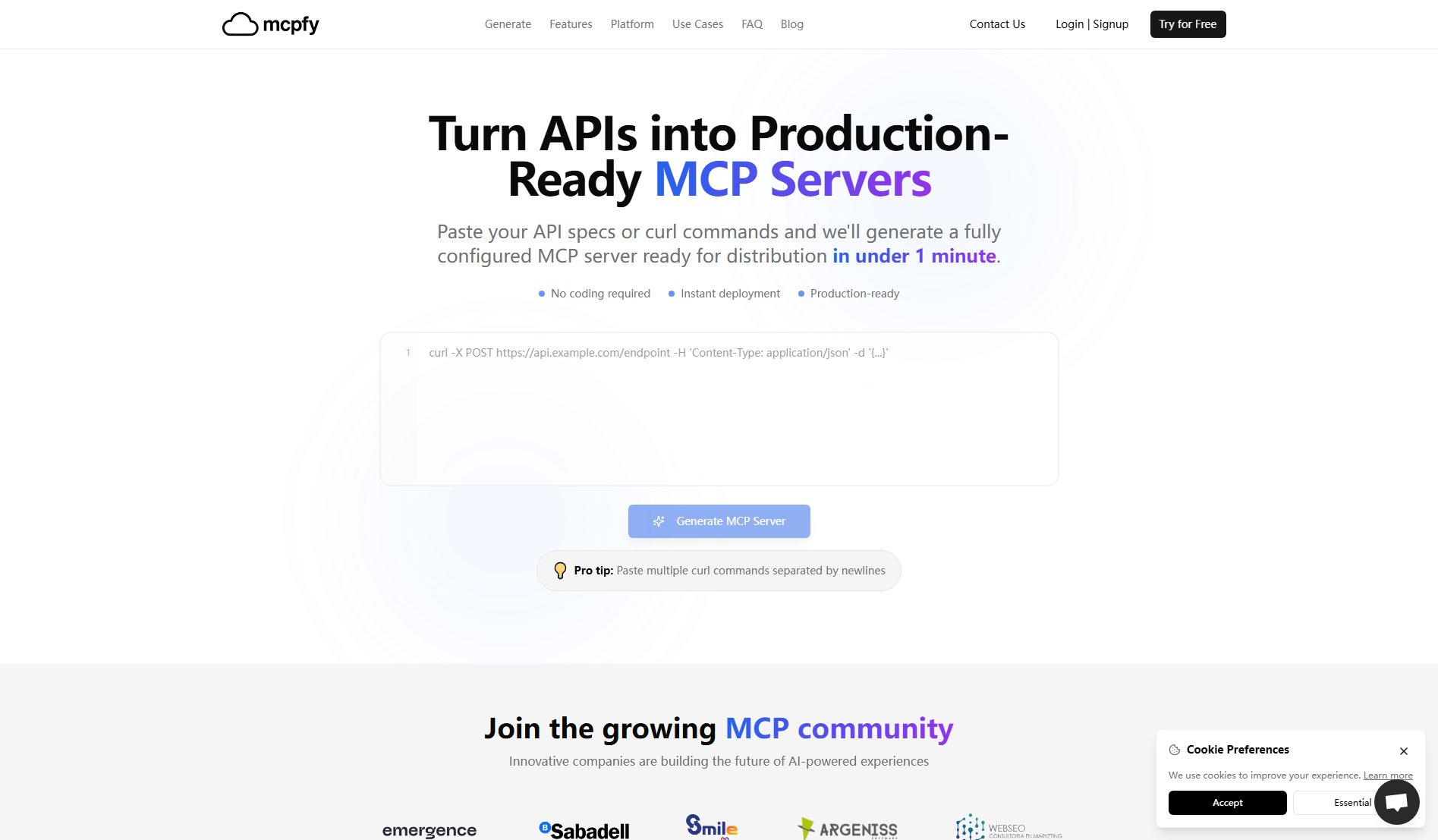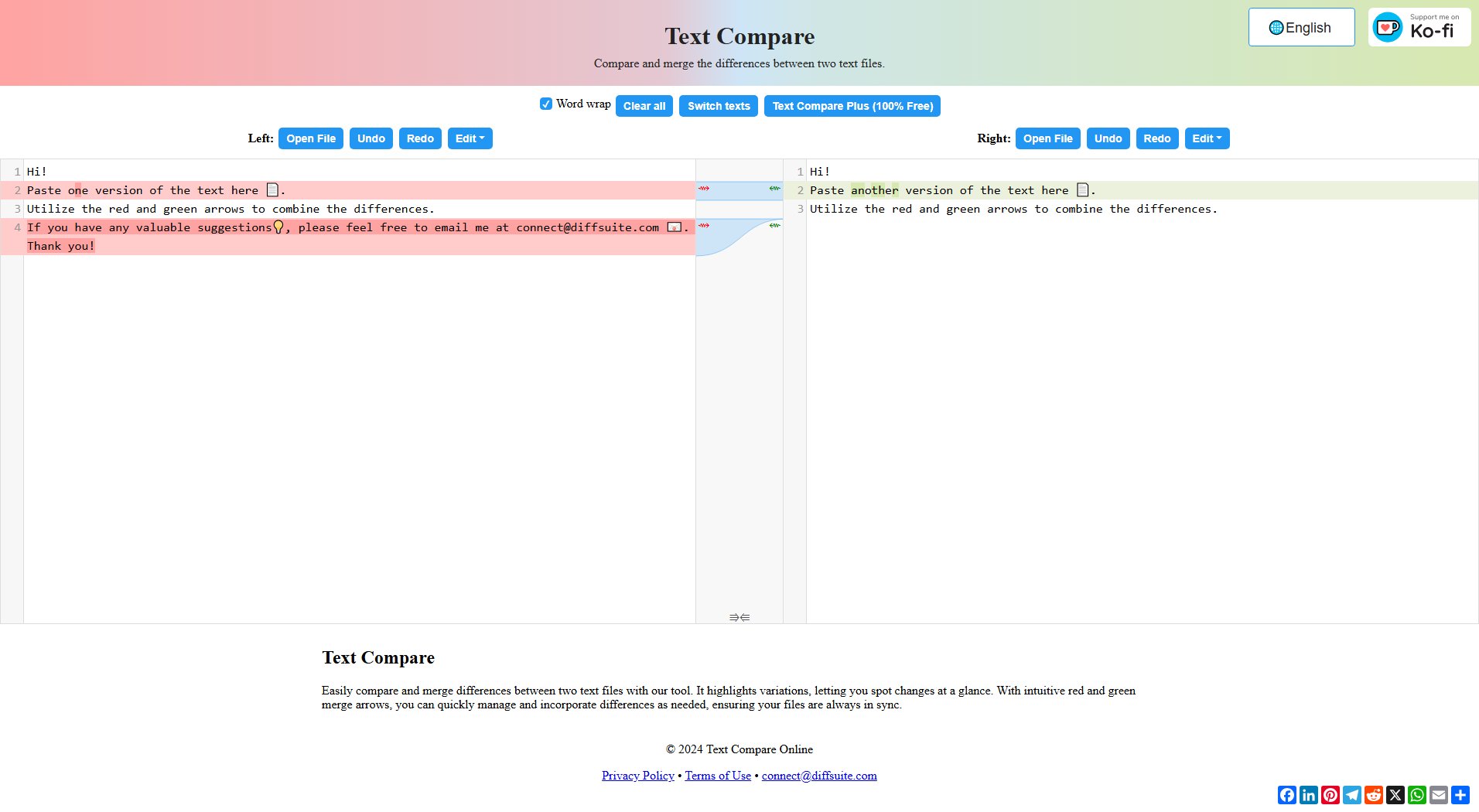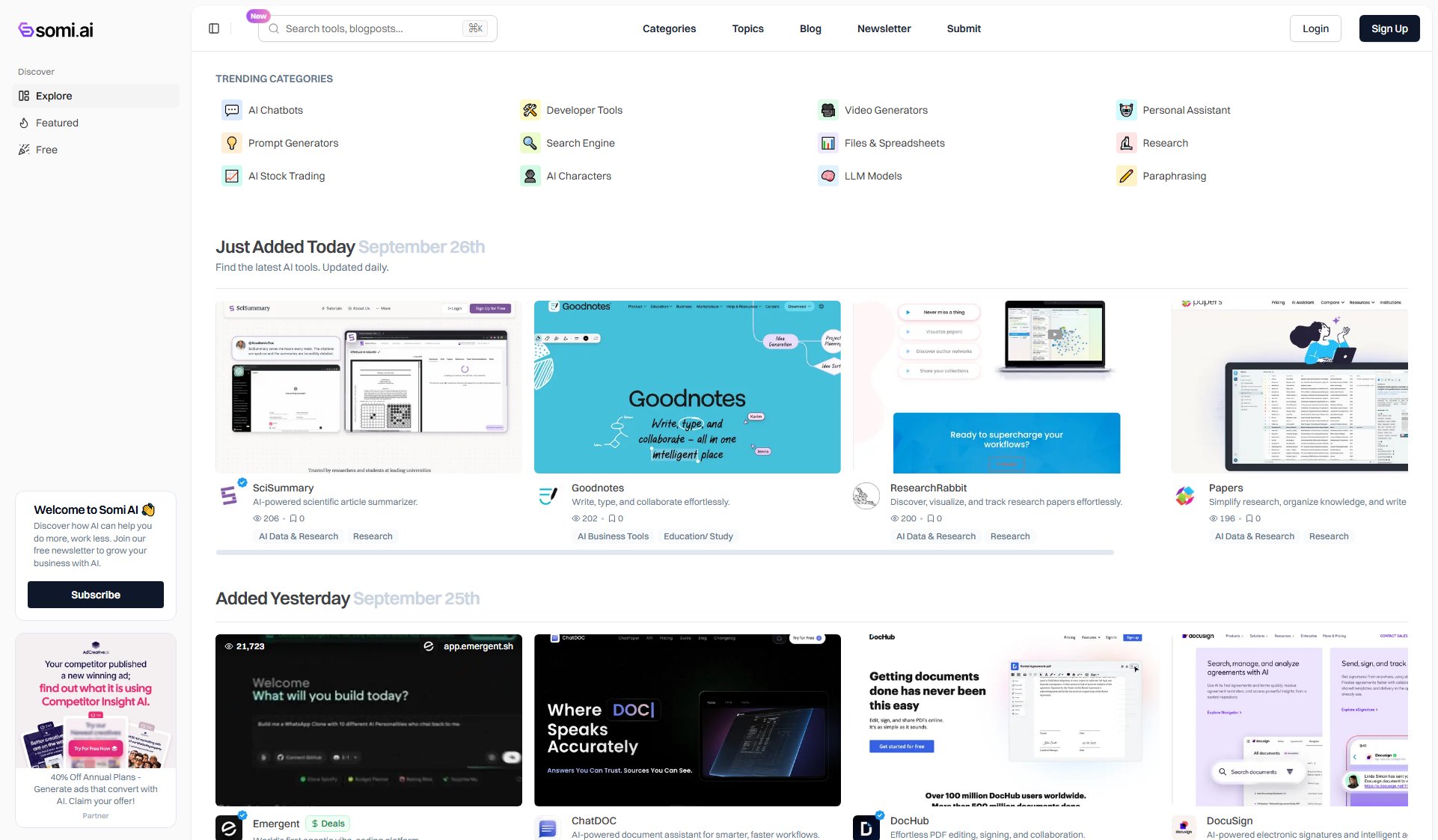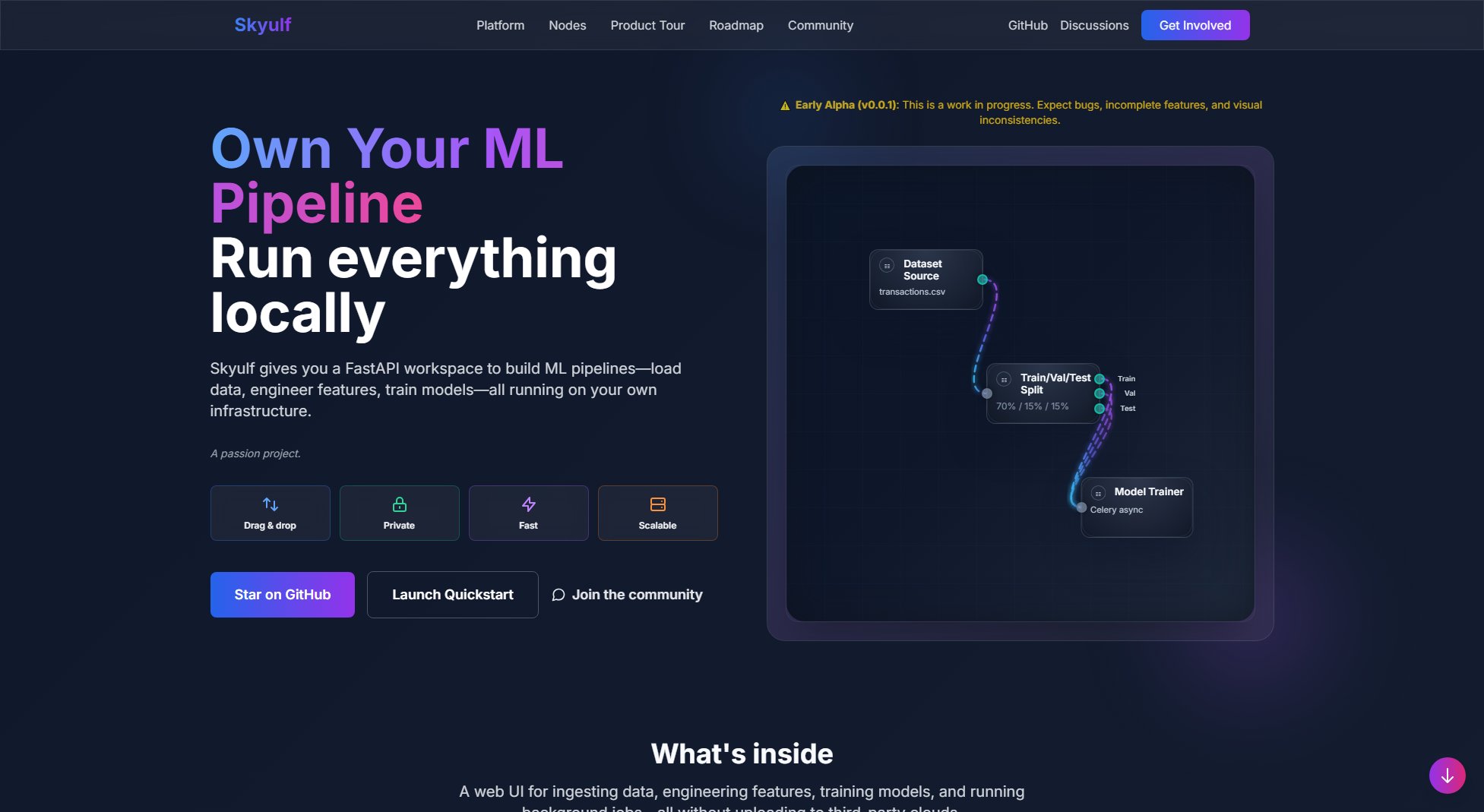ResolverOne
IP Geolocation over DNS – lightweight, fast, and battery-friendly
What is ResolverOne? Complete Overview
ResolverOne revolutionizes IP geolocation by delivering data through DNS lookups instead of bulky HTTP APIs. Designed for IoT, edge computing, and low-bandwidth environments, it provides sub-second responses with minimal data usage (50-200 bytes per lookup). The service is ideal for developers building battery-powered devices, LPWAN/NB-IoT applications, or systems requiring reliable geolocation in unstable network conditions. With its DNS-first approach, ResolverOne works everywhere standard DNS works – from ESP32 microcontrollers to legacy systems – without requiring SSL or HTTP overhead. The platform offers unlimited free usage during its launch phase, with enterprise options for custom implementations.
ResolverOne Interface & Screenshots
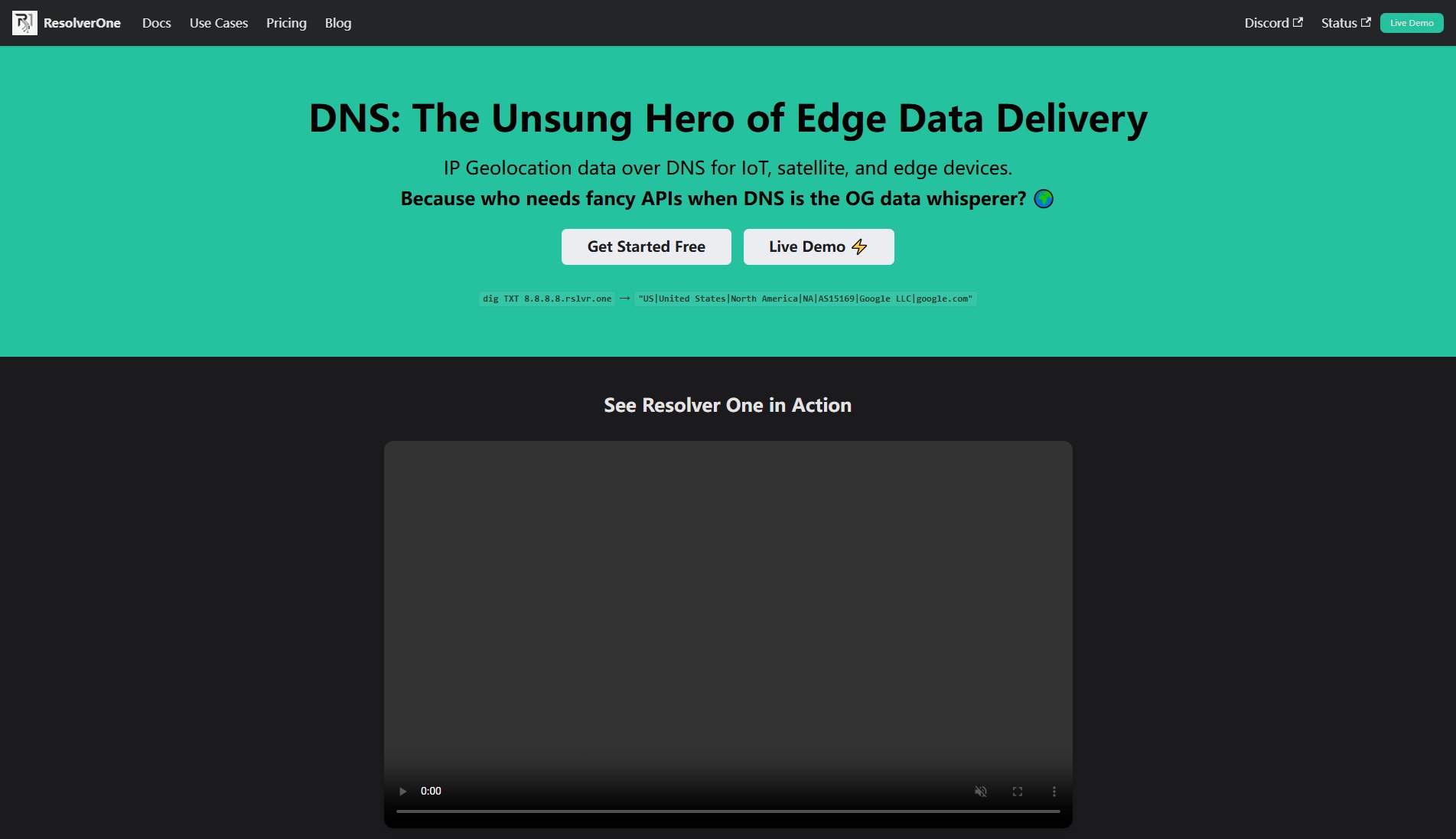
ResolverOne Official screenshot of the tool interface
What Can ResolverOne Do? Key Features
Ultra-Lightweight Queries
ResolverOne's DNS-based approach uses just 50-200 bytes per lookup, compared to 1KB+ for traditional HTTP APIs. This makes it perfect for battery-powered IoT devices, LPWAN networks, and satellite connections where every byte counts. The minimal payload significantly extends device battery life and reduces data costs.
Universal Compatibility
Works on any device that supports DNS – from modern cloud servers to ancient microcontrollers. Unlike HTTP APIs that require SSL/TLS stacks, ResolverOne functions reliably even on resource-constrained devices like ESP32s. DNS's ubiquity ensures it works where HTTP often fails, like spotty mobile networks or remote locations.
Blazing Fast Responses
Bypasses HTTP overhead to deliver geolocation data in sub-second responses. Without SSL handshakes or protocol bloat, queries to 8.8.8.8.rslvr.one return location data faster than most APIs can establish a connection. This speed is crucial for real-time applications and low-power devices waking from sleep.
Simple Data Format
Returns clean, pipe-separated values (country_code|country|continent|continent_code|asn|as_name|as_domain) that are easy to parse even on limited hardware. The standardized output works across all platforms without requiring JSON/XML parsers, reducing code complexity on embedded systems.
No Rate Limiting
Unlike most geolocation APIs, the Launch tier currently imposes no rate limits or throttling. Developers can query freely without worrying about sudden blocks or the need to implement complex backoff logic in their applications.
Best ResolverOne Use Cases & Applications
IoT Fleet Tracking
Track the geographic distribution of thousands of battery-powered IoT devices without draining their batteries. ResolverOne's efficient protocol enables frequent location checks where HTTP would be impractical.
Network Security Analytics
Enrich firewall logs with geolocation data in real-time. DNS-based lookups add minimal overhead compared to traditional API calls, allowing high-volume analysis without performance penalties.
Edge Computing Content Localization
Make routing decisions at the network edge based on user location. Even legacy edge devices can quickly determine optimal content delivery paths using simple DNS queries.
Low-Bandwidth Applications
Serve location-aware features in remote areas with unstable internet. Where HTTP APIs might timeout, ResolverOne's DNS-based approach reliably delivers geodata through the most basic network connections.
How to Use ResolverOne: Step-by-Step Guide
Construct your DNS query using the format [IP_ADDRESS].rslvr.one (e.g., 8.8.8.8.rslvr.one). No API keys or authentication required – the system works with standard DNS utilities available on any platform.
Execute the DNS query using your preferred method: command line tools like dig/nslookup, microcontroller DNS libraries, or any programming language's DNS resolution functions. For reliability, you can specify +tcp with dig to force TCP fallback.
Receive the response containing pipe-separated geolocation data. A typical response looks like: US|United States|NA|NA|15169|Google LLC|google.com
Parse the response in your application. The simple format allows for minimal parsing logic – most languages can split the string by the pipe character with a single line of code.
ResolverOne Pros and Cons: Honest Review
Pros
Considerations
Is ResolverOne Worth It? FAQ & Reviews
Yes! There are no meters, surprise bills, or usage limits. Developers can query freely during the launch phase without restrictions.
Core IP Geolocation will remain free during launch. When paid tiers are introduced, ample notice will be given and a forever-free tier will be maintained.
Pipe-separated values: country_code|country|continent|continent_code|asn|as_name|as_domain – simple to parse even on constrained devices.
Both protocols are supported. Use +tcp with dig for reliable TCP lookups, or default to UDP for maximum efficiency.
Currently no rate limiting or throttling is applied to DNS queries, making it ideal for high-volume applications.
ResolverOne fully supports IPv6 addresses in the same format – just query [IPv6_ADDRESS].rslvr.one for geolocation data.
